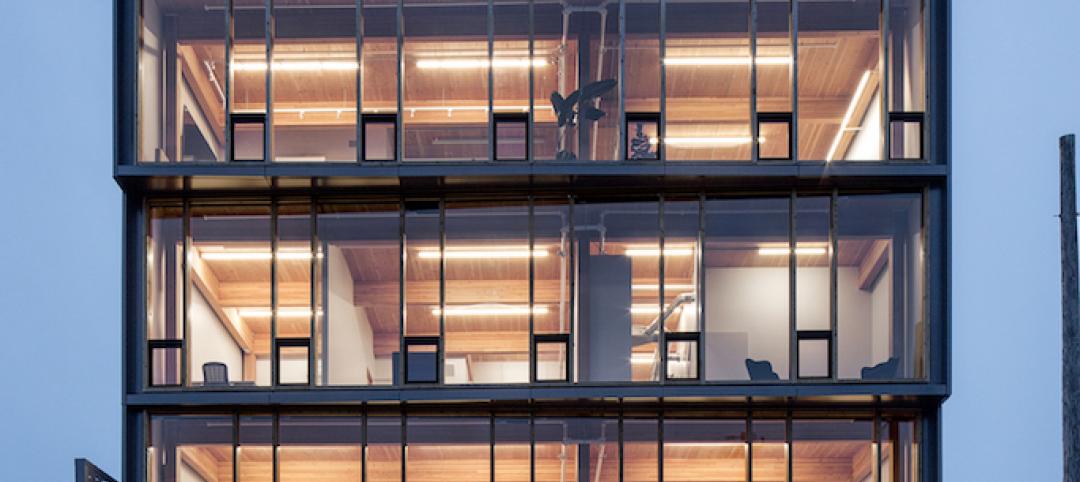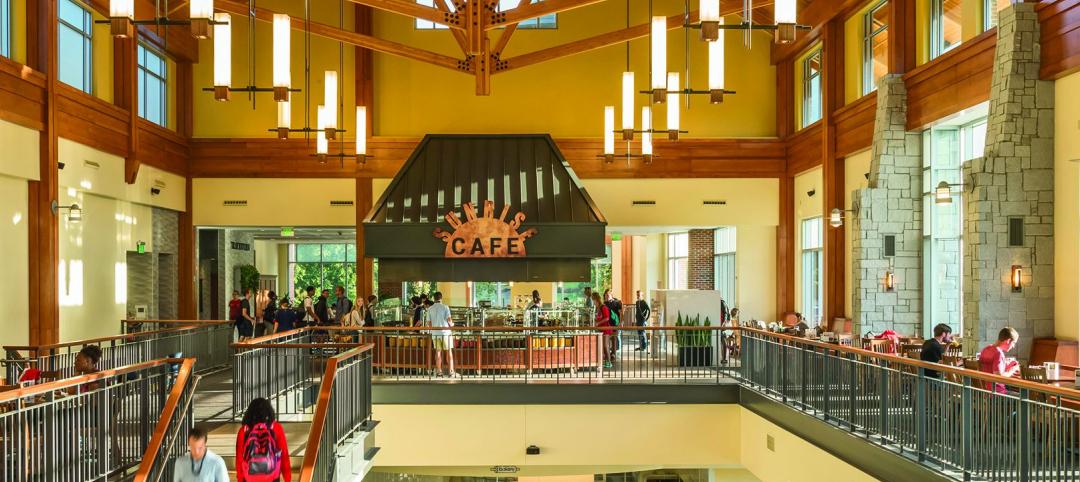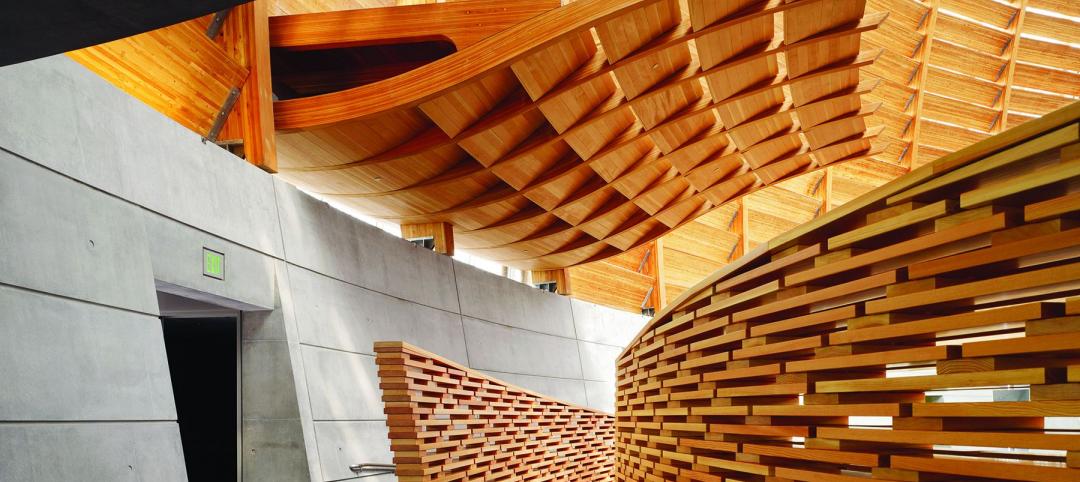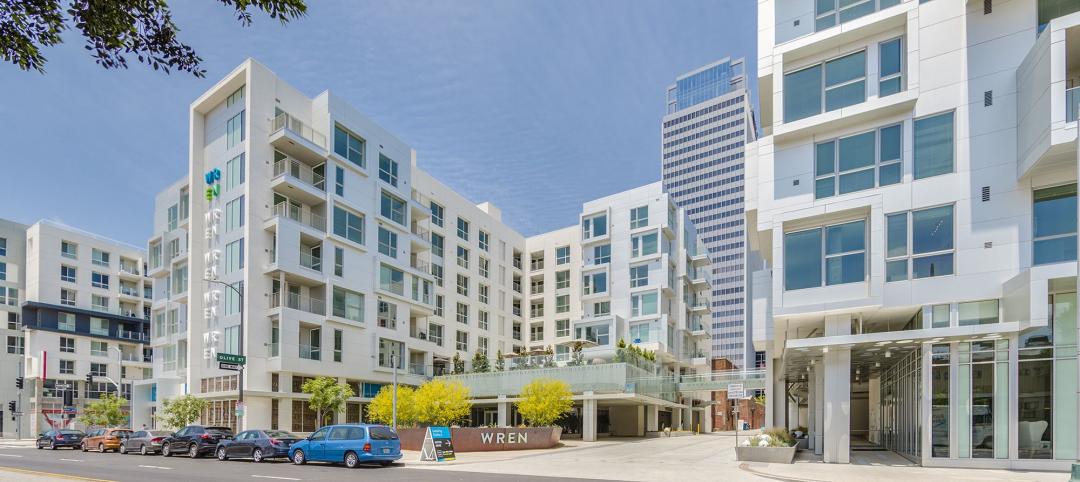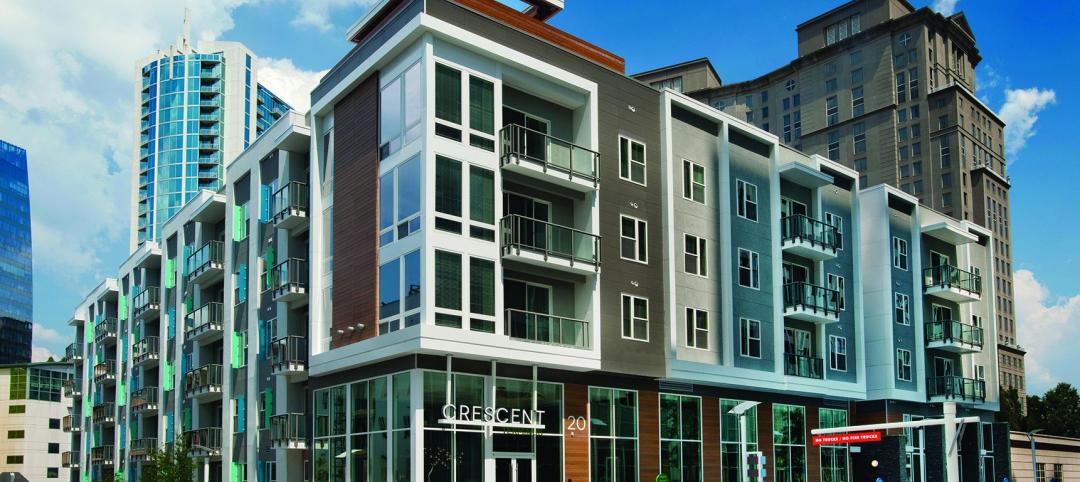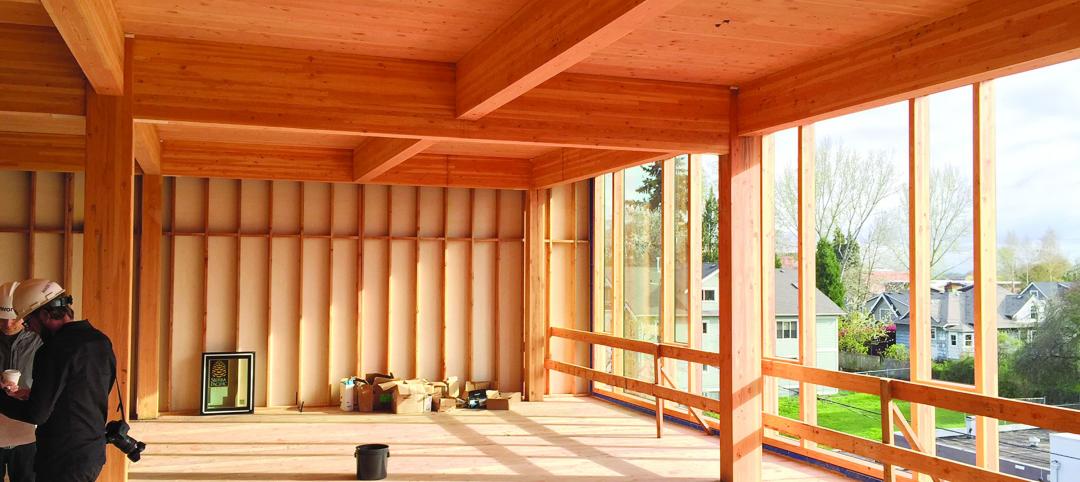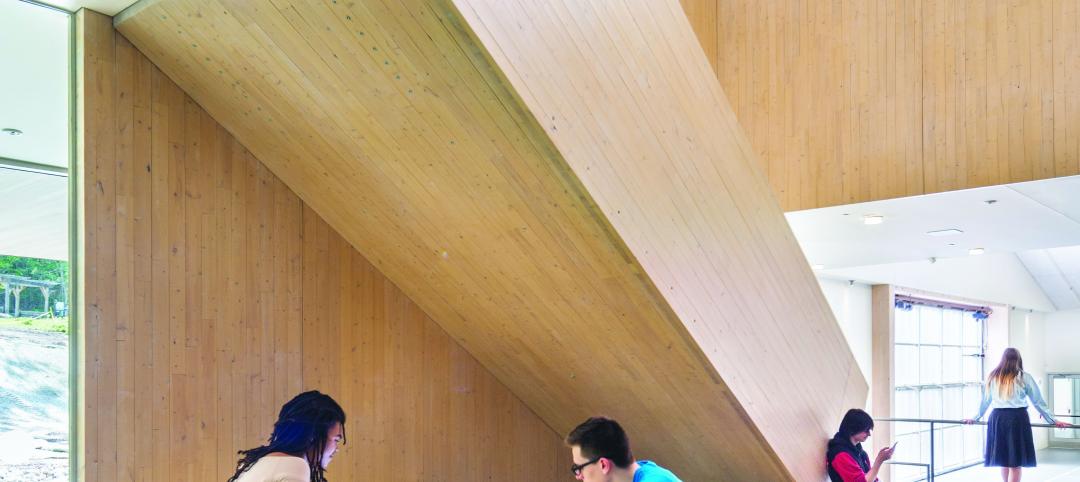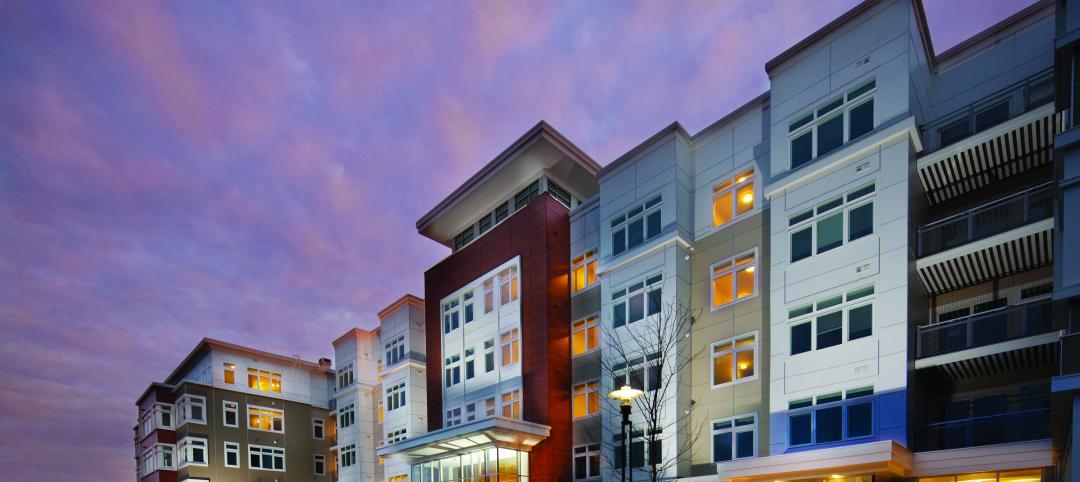Designing for Earthquakes
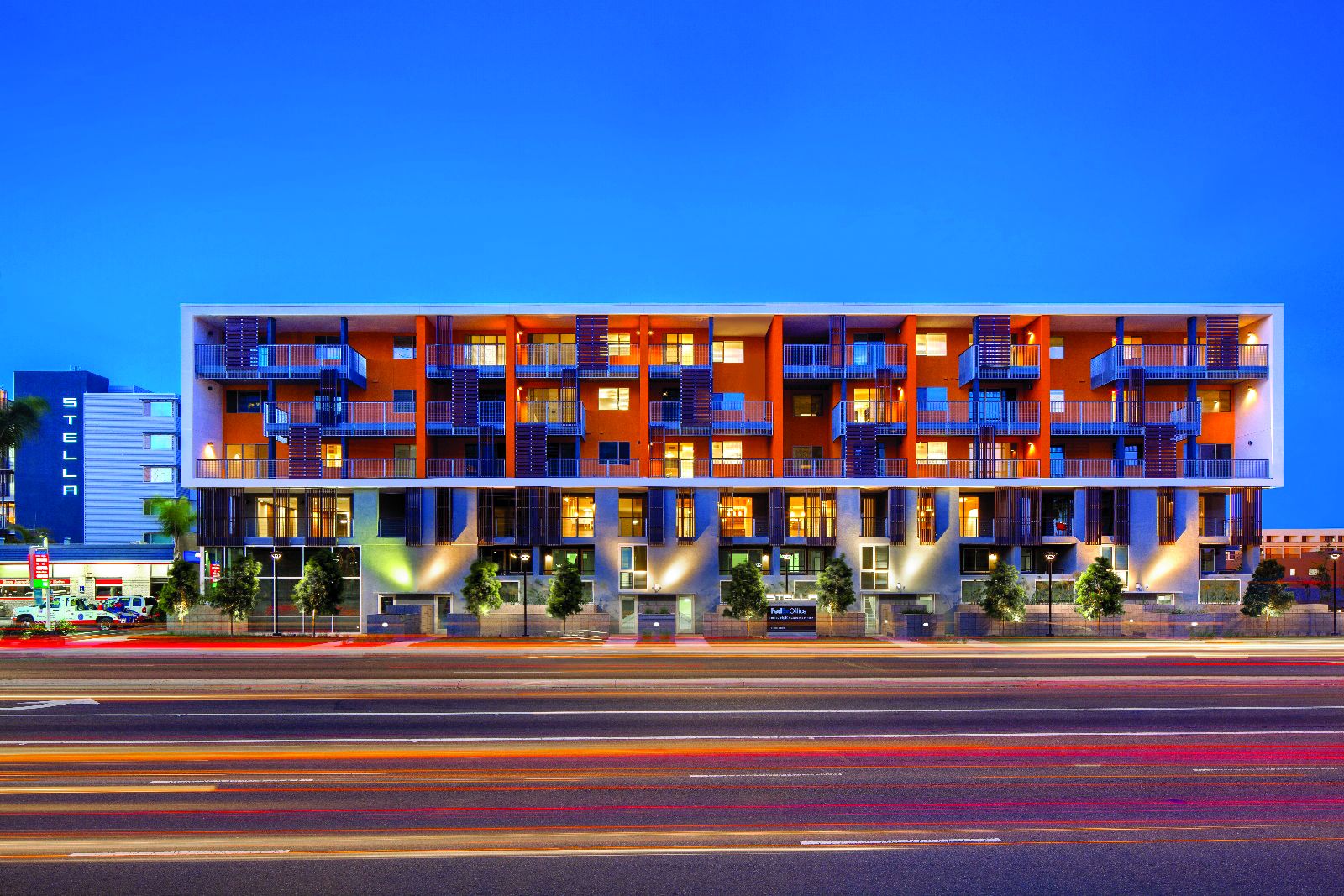
This continuing education course provides an overview of seismic-resistive design issues in wood-frame buildings with a focus on compliance with the 2015 International Building Code (IBC) and American Society of Civil Engineers/Structural Engineering Institute Minimum Design Loads for Buildings and Other Structures (ASCE 7-10). The information on code-conforming wood design contained in this course is based on the American Wood Council’s (AWC’s) 2015 National Design Specification® (NDS®) for Wood Construction, and 2015 Special Design Provisions for Wind and Seismic (SDPWS). The NDS and SDPWS are adopted by reference in the 2015 IBC.
Learning Objectives:
- Discuss seismic-resistive design requirements for wood-frame buildings with a focus on compliance with the 2012 IBC and ASCE 7-10.
- Explain the analysis procedure commonly used for determining seismic design loads of wood-frame buildings in the U.S.
- Describe the two most common wood-frame seismic force-resisting systems.
- Describe the role of structural configuration and redundancy in seismic design.
More Campus Related Content
Building Materials and Equipment
Wood and Evolving Codes: The 2018 IBC and Emerging Wood Technologies
Increasingly, designers, builders, and building owners are turning to one of our oldest building materials: wood. Valued for its versatility, low…
 course credit: 1.5 AIA LU/HSW
course credit: 1.5 AIA LU/HSW
Provided By: Think Wood
Building Materials and Equipment
Wood and Indoor Environment
The objectives of sustainable design are broader than just environmental effects, having come to embrace issues of human health and performance. Many…
 course credit: 1.0 AIA LU/HSW
course credit: 1.0 AIA LU/HSW
Provided By: Think Wood
Building Materials and Equipment
Thinking Wood as a Material of Choice
Designers today are finding new possibilities in one of the oldest building materials on earth. Wood has always been valued for its beauty, abundance…
 course credit: 1.0 AIA LU/HSW
course credit: 1.0 AIA LU/HSW
Provided By: Think Wood
Building Materials and Equipment
Opportunities for Wood in Low-Rise Commercial Buildings
When designing restaurants, stores, and low-rise offices, certain features come to mind as typical. These buildings tend to have large openings that…
 course credit: 1.0 AIA LU/HSW
course credit: 1.0 AIA LU/HSW
Provided By: Think Wood
Building Materials and Equipment
Multifamily, Mid-Rise Buildings Using Wood Construction
Multifamily housing is an active part of design and construction activity across the U.S. Steel, concrete and masonry typically come to mind as…
 course credit: 1.0 AIA LU/HSW
course credit: 1.0 AIA LU/HSW
Provided By: Think Wood
Building Materials and Equipment
Mid-Rise Wood Construction
Cost-effective, code-compliant and sustainable, mid-rise wood construction is gaining the attention of design professionals nationwide, who see it as…
 course credit: 1.0 AIA LU/HSW
course credit: 1.0 AIA LU/HSW
Provided By: Think Wood
Building Materials and Equipment
Mass Timber in North America
This course is intended for architects and engineers seeking current information on mass timber, including products, research related to structural…
 course credit: 1.5 AIA LU/HSW
course credit: 1.5 AIA LU/HSW
Provided By: Think Wood
Building Materials and Equipment
The Impact of Wood Use on North American Forests
As green building has evolved beyond its initial emphasis on energy efficiency, greater attention has been given to the choice of structural…
 course credit: 1.0 AIA LU/HSW
course credit: 1.0 AIA LU/HSW
Provided By: Think Wood
Building Materials and Equipment
Designing Modern Wood Schools
This course takes a practical look at the design of wood schools, emphasizing opportunities with traditional wood-frame construction and, in…
 course credit: 1.5 AIA LU/HSW
course credit: 1.5 AIA LU/HSW
Provided By: Think Wood
Building Materials and Equipment
Designing for Fire Protection
Wood construction offers economic, performance and environmental advantages not typically found with other structural materials. Wood is cost…


